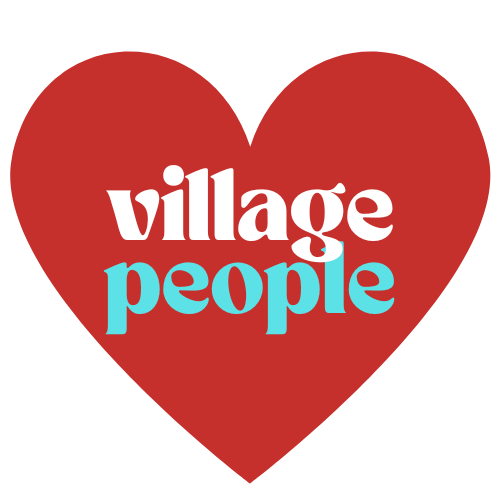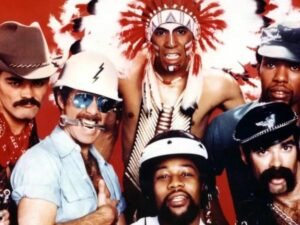It’s unlikely that many reviewers used the phrase “timeless” to describe the Village People’s follow-up to Macho Man. It’s a horn-driven party track in which the costumed disco legends took great joy in spelling out the name of a notorious cruising destination, the YMCA.
The record came out in 1978 during the height of the disco craze. It topped the charts in a number of nations and peaked at No. 2 on the Billboard Hot 100 in the United States. However, “YMCA.” has evolved into something more than a novelty smash. In the 37 years since its original run of chart success, it has sold 10 million copies globally.
People from all walks of life come together to form the letters with their arms at sporting events and wedding receptions. This dance originated on “American Bandstand when the Village People performed YMCA. on the first weekend of 1979. Both the band and the studio audience made the recognizable letters.
Victor Willis, the band’s main singer, was introduced to the dance by American Bandstand host Dick Clark. Clarke himself picked up on the movements and participated in the fun.
Thirty years after that original appearance, the song entered the Guinness Book of World Records. A crowd of almost 44,000 did the dance when the Village People sang YMCA. in the Sun Bowl in El Paso, Texas. They also came in at number 7 on VH1’s list of the 100 Best Dance Songs of the 20th Century.
Co-writing YMCA. with French producer Jacques Morali was Willis; a founding member of the Village People and was both the “hot cop” and a naval officer.
To appeal to gay disco lovers, Morali and Henri Belolo came up with the concept of the Village People. They had previously achieved success as the Ritchie Family with the song The Best Disco In Town.
Belolo remembered the day inspiration came to them on the streets of Greenwich Village, New York. He and Morali were doing an interview with disco-disco.com when they spotted someone in an Indian costume. They saw an Indian strolling down the street with bells on his feet, Belolo remembers. They then followed him into a bar. He was a bartender who was dancing on the bar while also serving customers.
As they enjoyed their beer and watched him dance, they saw a cowboy watching as well. They both had the same thought and began to imagine who the characters in America were. The mishmash of the American man – and that’s how the band came about.
The initial lineup had Willis as a police officer alongside David Hodo as a construction worker. Alex Briley as a sailor, Felipe Rose as an Indian, Glenn Hughes as a leather biker and Randy Jones as a cowboy. In 1977, The Village People released their first single San Francisco (You’ve Got Me).
The following year, they released two songs: Macho Man and YMCA. Both of which had disco hooks and knowing sexual innuendo. They reached the Top 5 with In the Navy in 1979. The way those comical outfits were presented on television also greatly contributed to their cultural absorption. They received high-profile exposure on shows like The Merv Griffin Show, Midnight Special and Le Disco. They even had a cameo appearance on The Love Boat and did a show for the troops.
But In the Navy turned out to be their last attempt at mainstream pop stardom. With YMCA. as their signature song, more hits wouldn’t have made much of a difference. It’s one of the most cherished moments in disco history and allows the Village People to still tour.
However, the New York Yankees may have had a huge impact on their revival. In 1996, when the groundskeepers were leaving to clear the infield after a snowstorm, the DJ dropped the needle on a Village People song and they began to dance. Everyone clapped and applauded and for a brief moment everyone felt a little brighter inside.
That day at Yankee Stadium, a tradition began. The original gay disco subtext of the track was utterly lost in translation when teams started throwing Village People events.

